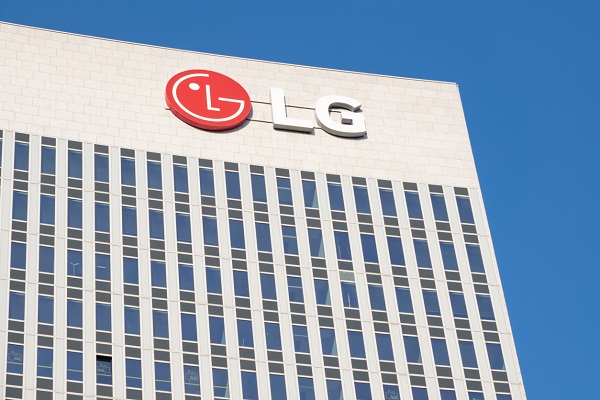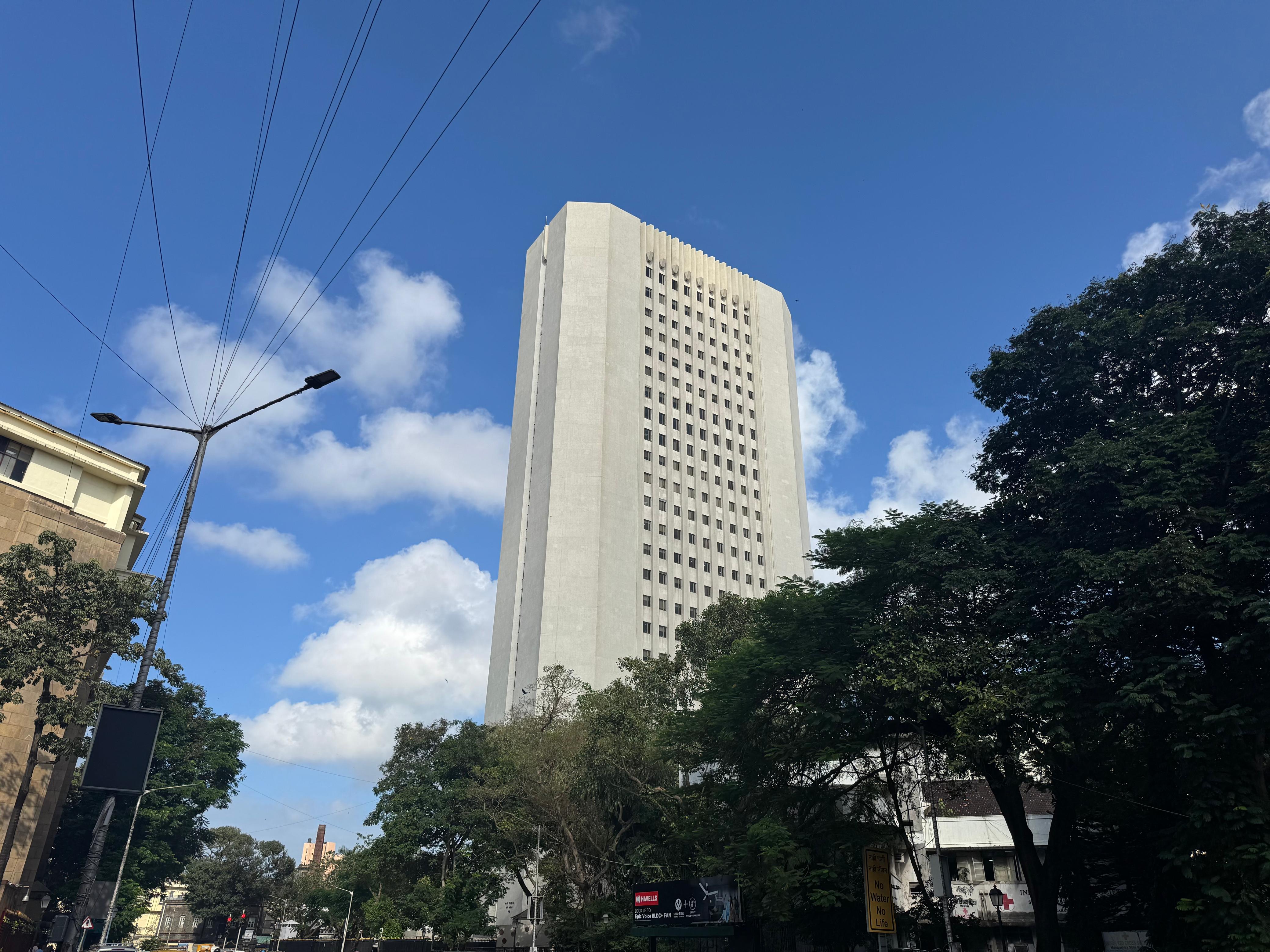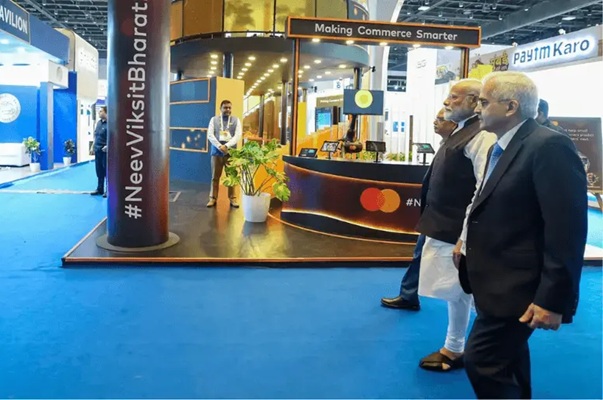.png)

By Krishnadevan V
Krishnadevan is Consulting Editor at BasisPoint Insight. He has worked in the equity markets, and been a journalist at ET, AFX News, Reuters TV and Cogencis.
October 8, 2025 at 11:29 AM IST
While investors focus on LG Electronics India's manufacturing prowess and brand strength, there is compelling part of its business that is hiding in the open, which could burnish its IPO story. Buried beneath manufacturing metrics and market share data lies a ₹5.77 billion recurring revenue engine that grows 19% annually, delivers outsized profit margins, and transforms one-time buyers into subscribers.
LG's service operations generated ₹5.77 billion in 2023-24, split between annual maintenance contracts worth near ₹3 billion and installation services contributing another ₹3 billion. This represents just 2.7% of total revenue but delivers a staggering 38.2% of total profits. This is number speak means service revenue generates a remarkable 14 times higher profit contribution per rupee compared to product sales.
The growth trajectory tells an even better story. Service revenue expanded 19% year-on-year from ₹4.85 billion in 2022-23, significantly outpacing overall company growth. This high-margin segment is becoming increasingly dominant in the profit mix, yet most analysts focus exclusively on appliance sales volumes.
The entry barrier lies in LG's service network that most competitors cannot replicate soon. The company operates 949 service touchpoints across 594 cities, comprising 56 directly-controlled LG Centers and 893 exclusive service centers operated by third parties. This network has 12,590 service engineers, of which only 3,693 people on the company payroll, creating an asset-light service model that scales without proportional cost increases.
The contractual structure of service engineers is what powers these margins. Contracts with ESC service providers typically run for one year and can be terminated by either party with just 30 days' notice, providing unprecedented operational flexibility.
LG engages engineers at LG Centers through outsourcing manpower agencies rather than direct employment, while ESC operators engage engineers directly on contractual, non-exclusive basis with typical 12-month terms. This dual-tier structure creates extraordinary efficiency, where each direct LG employee generates ₹1.6 million in service revenue while overseeing 3.4 contract engineers without bearing their employment obligations.
The employment structure delivers margin magic that traditional cost analysis completely misses. LG captures full service revenue without bearing complete employment costs, creating competitive advantages in labour-intensive service delivery that permanent employment structures cannot match. This model scales easily because adding service coverage requires minimal capital investment as third parties provide infrastructure and staffing while LG maintains quality control and customer relationships.
Every appliance sale becomes a service subscription opportunity spanning years. Consumers tend to buy service contracts because they want to lock in peace of mind at the moment of purchase, when optimism is high but uncertainty lurks. The AMC turns a future headache into a present add-on, neatly bundled into the buying high.
AMC renewal rates create predictable cash flows that smooth cyclical manufacturing volatility, while installation services establish customer relationships that transform episodic purchases into ongoing revenue streams. The 949 service touchpoints aren't cost centres but customer retention engines generating recurring revenue where each service interaction becomes a sales conversation for the next product cycle.
The markets may value LG as a cyclical manufacturer, but one could miss the recurring revenue component typically associated with subscription businesses, not appliance makers. The 38.2% profit contribution from just 2.7% of revenue goes beyond traditional manufacturing metrics. The asset-light service network scaling across 594 cities with 12,590 engineers managed by 3,693 employees represents operational leverage that cannot be easily matched. So, the real gravy isn’t in the sale, it’s in everything that comes after.
*Disclaimer: This article represents the author's personal views and analysis for informational purposes only. It is not investment advice or a recommendation to buy, sell, or hold any securities. The author is not a SEBI-registered investment advisor or research analyst. The author assumes no responsibility for any financial losses arising from reliance on this content.




